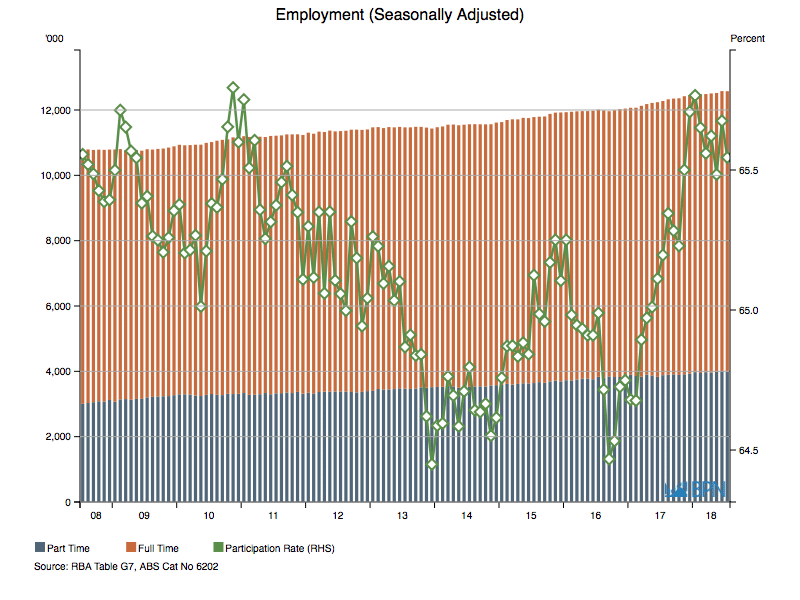Old fashioned economists when talking about market dynamics are really talking about the interplay between supply and demand with price being the allocative mechanism. In simple terms higher prices means more supply while lower prices means more demand. As the market nears equilibrium, supply and demand are in reasonable balance at steady price levels. However, as we all know life is never that simple!
Many challenges are impacting international trade at the moment. In recent months the effect of COVID 19 on supply chains has become apparent across a number of industries not just the wood products sector. This has resulted in stock outs of items that in more normal times were readily available. A number of factors would appear to be at play ranging from shipping logistics through to changed demand patterns.
The trade war between the US and China appears to have impacted the flow of goods and also the movement of containers. This has been supercharged by COVID 19 and associated lockdowns through 2020 which have unleashed a significant consumer spending binge.
Shipping Australia Limited, the peak industry body in a detailed article 15 January 2021 commented:
A massive follow-on issue is the management of empty shipping containers. All around the world, empty shipping containers are in the wrong place. They are in the countries that receive cargo, like Australia. They need to be in the places that send cargo, like China.
The volume of trade and the relocation of containers have combined to cause freight rates go through the roof. The Freightos Baltic Index, a composite of 40ft container freight rates, has seen rates increase some 230% in the past 12 months from US$1785 in July 2020 to US$5893 in June 2021.
To bring this story back home imported timber products supply an important 10-20% of the Australian market. These imports are impacted by all the freight and logistics issues mentioned above. In addition, as economies recover from COVID 19 demand in Europe and North America is booming. As can be seen in the following graph there was a pause in August/September 2020 when prices rose to just under US$1000 per mBf but have since reignited and moved up to over US$1400 per mBf. So within a space of just over 12 months prices in North America have risen a staggering 360%.
Fig29

Source: Russ Taylor Global posted at: https://russtaylorglobal.com/w-spf-2x4s-at-2000/
refer detailed article elsewhere in this issue of Statistics Count
As with strong housing markets in Europe and North America, detached housing approvals in Australia have now exceeded the high point of the last cycle in June 2018 of 122,803 to reach a new record in April 2021 of 137,991. These are big numbers which have generated a supply response from local processors and importers of sawtimber.
This can be seen in the following graph for Apparent Consumption which shows the increase in local production of some 8% and import volumes which have increased 15% over the past 12 months.
Fig30

In 2018 local production was running at similar levels to current levels at some 3.2 million m3. The difference at the moment is the important balancing volumes provided by imports is not at the same level. This reflects the dynamics of markets in Australia and Overseas, the current challenges with shipping logistics and the unprecedented demand for new detached housing. Markets always respond and some of the factors to keep an eye on will be the rate at which approvals get turned into starts in coming months and if work in the pipeline is extended. It will also be interesting to see how global supply chains adapt to changes in the flow of goods and whether prices ease in North America. Plenty of moving parts!
Jim Houghton
Industry Consultant
And to join with Jim’s contribution this month, Russ Taylor, from Russ Taylor Global, provided the following insights in an open newsletter in early May. Russ’ comments seem completely ‘on point’, especially now some more time has passed. But in particular, take note of the balance between supply and demand side issues at play.



